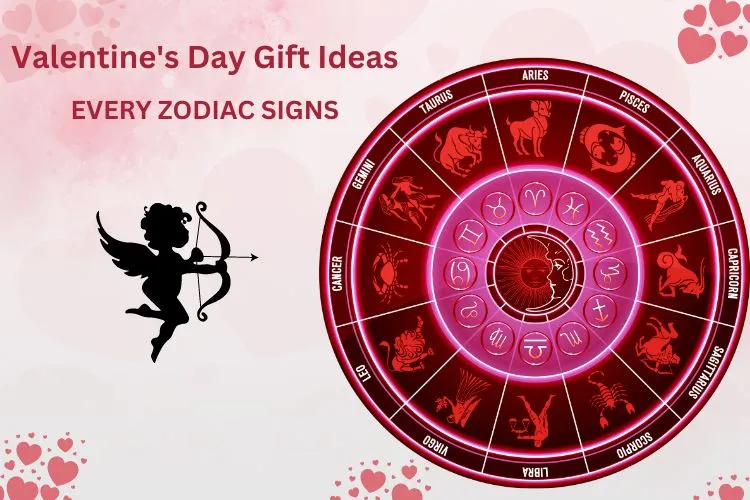Cosmic Calendar 2023: Know About Major Planetary Transits
What Are The Planetary Transits?
So, fellas, how well you know about the planetary transits? Basically, the movement of the planets is termed as the transition of planets in astronomy. These transits may have positive or negative effects on our lives depending upon their placements. Whenever unexpected events or incidents occur in the cosmic world, they adversely disturb lives on the Earth. And to learn about such things, it becomes necessary for us to check the details inside the cosmic calendar.
As mentioned in Vedic astrology, all planets are in nonstop motion. These planets move on their imaginary belt, which is called the zodiac belt or zodiac cycle. This zodiac cycle is made up of 360 degrees, where it is equally divided into 12 parts known as zodiac signs. Planets including Mercury, Mars, Venus, Jupiter, Saturn, The Sun and the Moon pass through different zodiac signs. Planetary transit will occur if any planet finishes its journey in one zodiac sign and enters another zodiac sign. We rarely consider shadow planets like Rahu or Ketu as they travel continuously but in totally different directions.
Moon, Sun, Venus and Mercury are fast-moving planets, so they change their direction quickly. Whereas Mars, Saturn, Jupiter, Rahu and Ketu are slow-moving planets, they take a long time to move into another sign.
Need Help To Overcome The Bad Effects Of Rahu Or Ketu? Speak To Our Astrologers Now.
As per Cosmic Calendar astrology, planetary transits may affect our daily life. So, it would be advisable to keep a record of all planets’ astrological transits as it helps shape your life accordingly. The cosmic calendar timeline has made it easier for us to understand the occurrence of a planetary transit.
Below is what cosmic calendar 2023 says about the upcoming events. Note down the timings of the major planetary events on a monthly basis.
Astrological Events in Month 2023
- Venus Saturn Conjunction – January 22, 2023
- Moon Meets Jupiter – January 25,2023
- Moon Meets Jupiter Again – February 22,2023
- Venus Jupiter Conjunction – March 1,2023
- Jupiter Disappears and Reappears Behind Moon! – May 17,2023
- Venus Mars Moon Triangle – May 23, 2023
- Moon Passes By Jupiter Again – June 14,2023
- Venus Mars Moon Triangle 2 – June 21,2023
- Moon Meets Saturn – August 3,2023
- Moon Meets Jupiter Yet Again – August 8,2023
- Perseids Meteor Shower – August 12,13,2023
- Annular Solar Eclipse – October 14,2023
- Venus Meets The Moon – November 9, 2023
- Geminids Meteor Shower – December 13,14, 2023
Full Moon on May 16th. The Moon will be on the opposite side of the Earth from the Sun, and its entire surface will be illuminated. At 04:15 UTC, this phase begins. Because this was the time of year when spring flowers bloomed in abundance, early Native American tribes dubbed this full moon the Flower Moon. The Corn Planting Moon and the Milk Moon are two more names for this moon.
Also Read :- Do You Want to Know More About Your Love Life and Marriage? The Role of Astrology in Selecting the Right Partner: A Cosmic Guide to Love ?
Total Lunar Eclipse on May 16th. When the Moon passes fully through the Earth’s dark shadow, or umbra, it is called a total lunar eclipse. The Moon will progressively darken and finally turn a rusty or blood red appearance during this sort of eclipse. The eclipse will be visible for the duration of the event.
This is how cosmic calendar gives us an idea of the planetary transits. And according to it, we may learn about the major or minor astrological events. Now, we are sure, after reading you will closely follow the timeline of the planets and its position. With this, Hope you had cleared your doubts regarding the transition of planets. If you still have any queries, get in touch with our Experts Astrologer.






